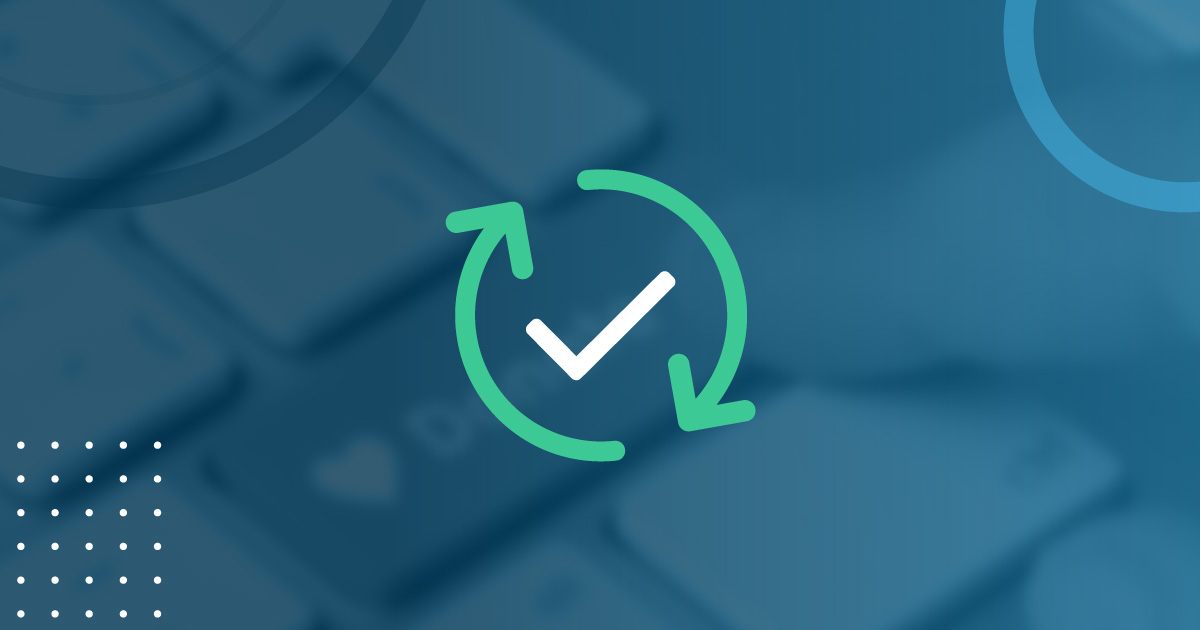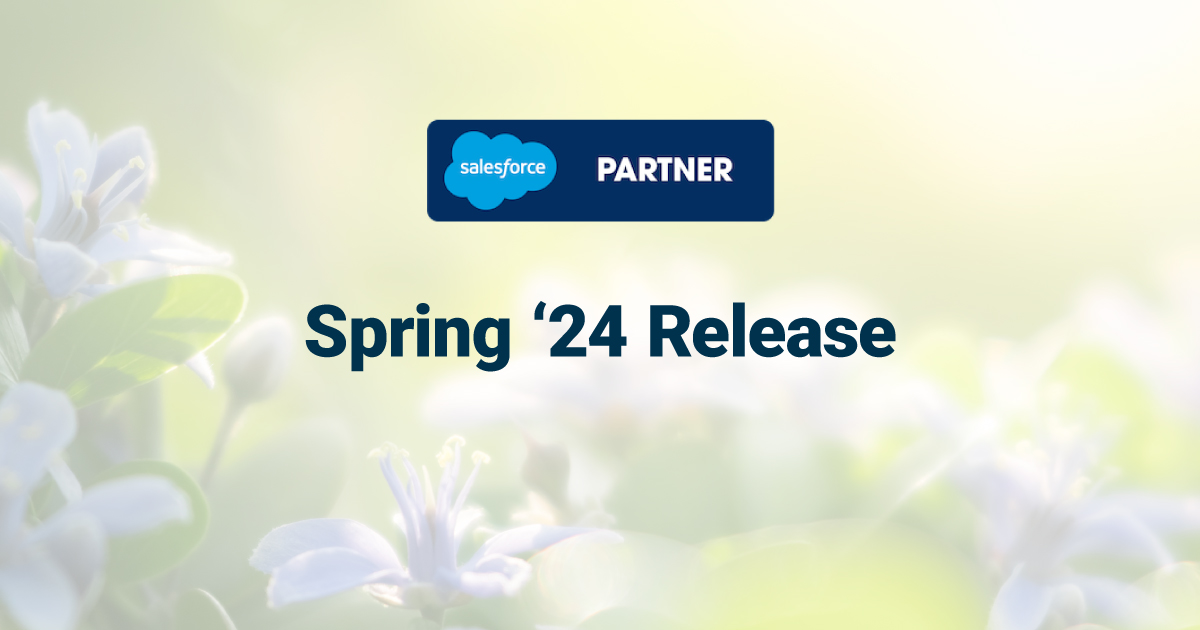7 New Year Resolutions for Salesforce Admins
 Why do we set goals for ourselves? Because its imperative to improving ourselves to be better. Michael Scott’s quote of Wayne Gretzky was spot on: “You miss 100% of the shots you don’t take.” I’m a goal setter and I hate failure so I believe strongly in not only setting goals but putting a plan to those goals so they can be accomplished. As we head into the new year it only makes sense to reflect on the previous year and plan for what is ahead.
Why do we set goals for ourselves? Because its imperative to improving ourselves to be better. Michael Scott’s quote of Wayne Gretzky was spot on: “You miss 100% of the shots you don’t take.” I’m a goal setter and I hate failure so I believe strongly in not only setting goals but putting a plan to those goals so they can be accomplished. As we head into the new year it only makes sense to reflect on the previous year and plan for what is ahead.
Throughout the year I often hear companies say “someday we have to do that” or “lets add it to the list of things to do”. So what better time then know for us to look at that “list” and start putting a plan in place to accomplish those things we wanted to someday do.
 7 Simple New Year Resolutions for Salesforce Admins
7 Simple New Year Resolutions for Salesforce Admins
As a Salesforce consultant I have the opportunity to meet a lot of Salesforce admins who often tell me what they would like to improve in their Salesforce org. So I’ve come up with seven resolutions that any Salesforce admin can implement to improve their Salesforce org and their own personal skill level.
1. Clean up your Salesforce org.
Review your org for any clutter that could be eliminated. Work with your users to identify any reports, list views or fields that aren’t being used. I recommend an app off the AppExchange called Field Trip Salesforce AppExchange that let you know how often each field in your org is being filed out. This is also a good time for your sales people to clean their Salesforce data too. Click here to learn how sales people should “clean their room”.
2. Join a local Salesforce User Group
Your local Salesforce User Group contains a wealth of knowledge. It’s a great way to collaborate with other Salesforce admins, learn about the newest features, and see demos of some awesome partner apps. If there isn’t a User Group close to you, consider starting your own. Find a Salesforce User Group Near You.
3. Document your Salesforce org.
As someone who spends most of their day in other companies’ orgs, I can’t emphasize how helpful it is when an org is properly documented. As your Salesforce org grows, you will thank yourself later for spending a little more time to add descriptions. Spend time going back through your Salesforce org and document as much as you can.
4. Keep up-to-date with the latest Salesforce releases
While reading the entire release notes is quite the task, there are many quicker ways to catch up on what’s new. Salesforce offers live webinars, a community group for Release Readiness & Feature Adoption, and a condensed version of the notes. Your local user group will probably review the notes as well.
5. Host lunch and learns
Everyone is busy, so it’s important to make adoption easy for your users. Spend time with each of your departments to learn their pain points, their suggestions for improvements, and their successes. Take it one step further and provide food. Nothing brings people together like free food. You can’t teach Salesforce to your users in one 2-hour training session so make sure you are constantly teaching and training your users.
6. Start scheduling your updates with planned releases.
Many admins build enhancements to their org as needed and immediately release them to production. A better approach is to have scheduled release dates for your internal enhancements, just like Salesforce does. If you want to do quarterly releases, a good schedule is one month for planning and design, one month for construction, and one month for testing and deployment. Start in January by gathering ideas from your users.
7. Donate time to a non-profit
Because Salesforce provides free orgs to eligible non-profits, there are a lot of local organizations that could use assistance. Many non-profits don’t have a large budget for IT, so the support is much appreciated. Follow Salesforce’s 1-1-1 model and help give back to the community.
If there are additional new year resolutions you want to share please do so in the comments section below. I would love to hear them and add them to my personal list. As we enter the new year I hope you are as motivated as I am to learn more and do more and be the best that I can be. I wish you a healthy, happy and successful new year!












